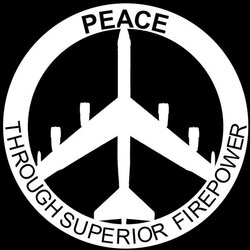checkthisout
Feeling the Heat
SmokeyTheBear said:Checkthisout said:imacman said:I agree w/ everyone above...the one on the right is what I would prefer, if there was no other choice.
That said, I think that the right one is a little too "blowtorch-y" for me. As Smokey said, too much air just sends a lot of the heat right up the exhaust. If you can dial the air back a little bit, I think you'd be right on the money.
If you are getting higher exhaust temperatures with the same feed rate, aren't you generating a hotter stove and theirfore getting better heat transfer?
Has anyone checked their exhaust temperature to see what's ideal?
I would venture to guess that at some point the incoming air mass (if greater than what is necessary for good combustion) begins to generate colder stove temps but has anyone taken flu readings to see if this sort of situation can even be generated in most stoves?
Actually a higher exhaust temperature at the same feed means the heat is going up the flue and not being transfered to the room air via the convection system.
You want the exhaust temperature to be just as close to the condensation temperature of the byproducts of combustion as you can get it and still have the byproducts exit the flue. If your system can actually deal with the condensing byproducts you want the flue temperature so low everything condenses. Burning wood that means the tars, and other really nasty things.
Right but we are assuming that variable is unchanged. Adjusting our combustion air supply to achieve the highest possible flue temperature (the easiest to measure) is ideal.
All variables being equal, a higher stack temperature indicates a hotter burn and theirfore more heat being given off by the stove.
This relationship is true because all heat is generated before the heat exchanger.
I keep meaning to bring my thermocouple home so I can play around.



